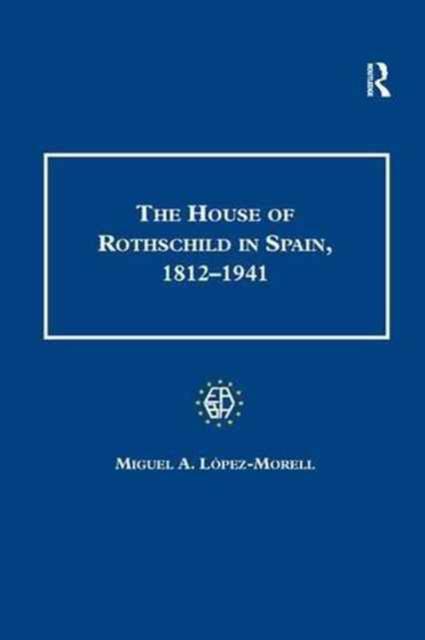
- Retrait gratuit dans votre magasin Club
- 7.000.000 titres dans notre catalogue
- Payer en toute sécurité
- Toujours un magasin près de chez vous
- Retrait gratuit dans votre magasin Club
- 7.000.000 titres dans notre catalogue
- Payer en toute sécurité
- Toujours un magasin près de chez vous
Description
Amongst the serried ranks of capitalists who drove European industrialisation in the nineteenth century, the Rothschilds were amongst the most dynamic and the most successful. Establishing businesses in Germany, Britain, France, Austria, and Italy the family soon became leading financiers, bankrolling a host of private and government businesses ventures. In so doing they played a major role in fuelling economic and industrial development across Europe, providing capital for major projects, particularly in the mining and railway sectors. Nowhere was this more apparent than in Spain, where for more than a century the House of Rothschild was one of the primary motors of Spanish economic development. Yet, despite the undoubted importance of the Rothschild's role, questions still remain regarding the actual impact of these financial activities and the effect they had on financial sectors, companies and Spanish markets. It is to such questions that this book turns its attention, utilising a host of archive sources in Britain, France and Spain to fully analyse the investments and financial activities carried out by the Rothschild House in Spain during the nineteenth and early twentieth centuries. In so doing the book tackles a variety of interrelated issues: Firstly, fixing the period when the main capital entries sprung from the initiatives taken by the Rothschild family, how consequential they really were, and the sectors they affected. Secondly, quantifying the importance of these investments and financial activities and the weight they had on financial sectors, companies and Spanish markets, as well as in foreign investment in each period. Thirdly, outlining the steps followed and means used by the Rothschild House in order to achieve the success in each of their businesses. Finally, analysing the consequences of this phenomenon in the actual growth of Spanish contemporary economy, both in a general and in a partial scale. By exploring these crucial questions, not only do we learn much more about the working of one of the leading financial institutions and the development of the Spanish economy, but a greater understanding of the broader impact of international finance and the flow of capital in the nineteenth century is achieved.
Spécifications
Parties prenantes
- Auteur(s) :
- Editeur:
Contenu
- Nombre de pages :
- 492
- Langue:
- Anglais
- Collection :
Caractéristiques
- EAN:
- 9781138262140
- Date de parution :
- 15-11-16
- Format:
- Livre broché
- Format numérique:
- Trade paperback (VS)
- Dimensions :
- 156 mm x 234 mm
- Poids :
- 689 g







